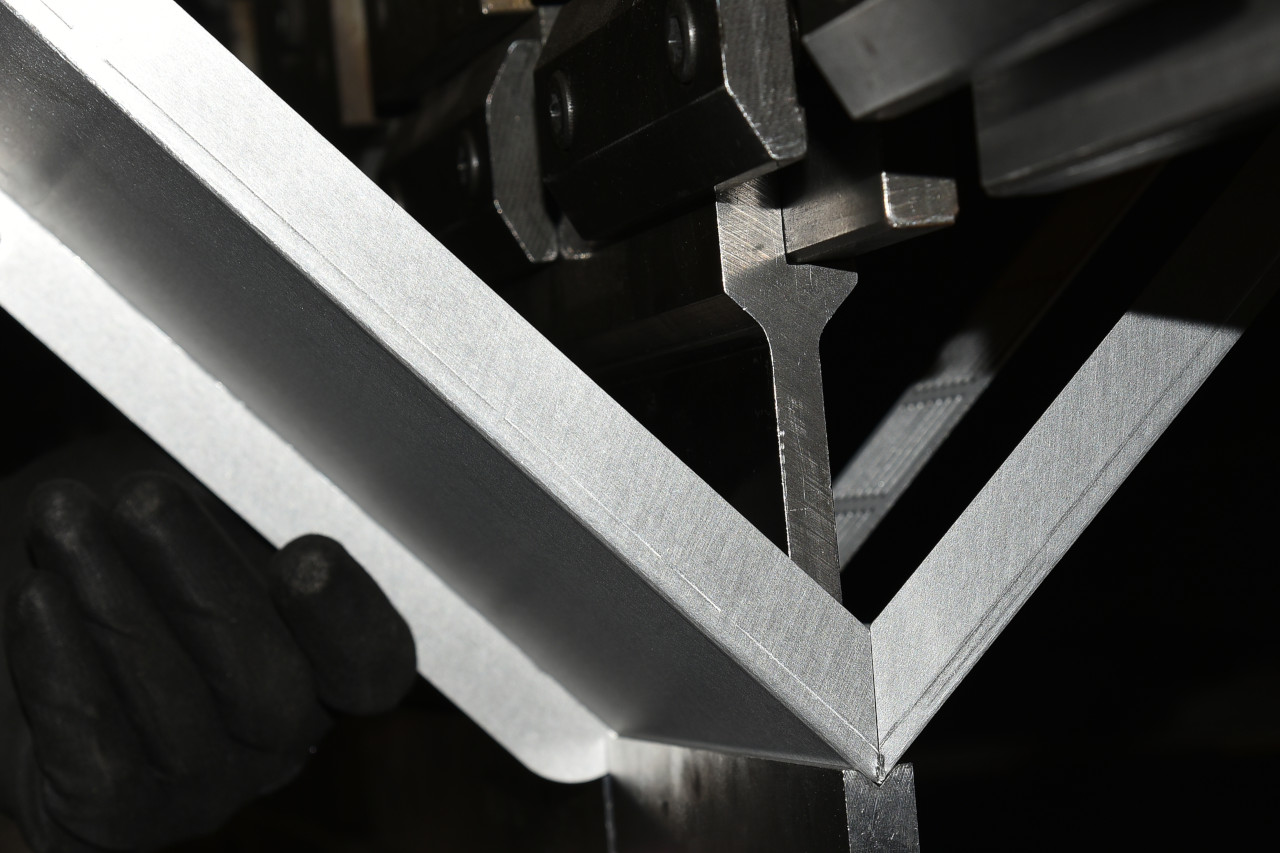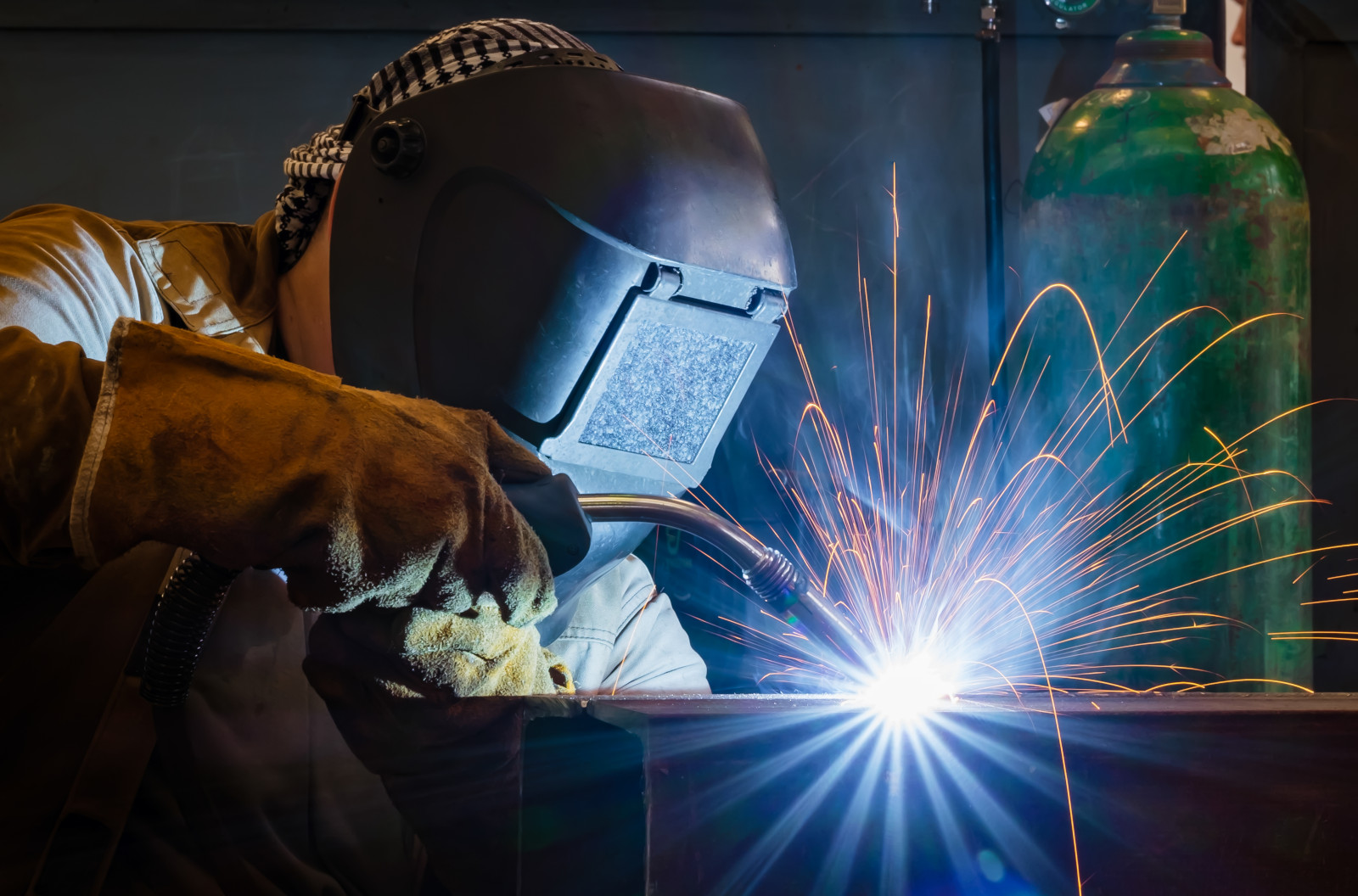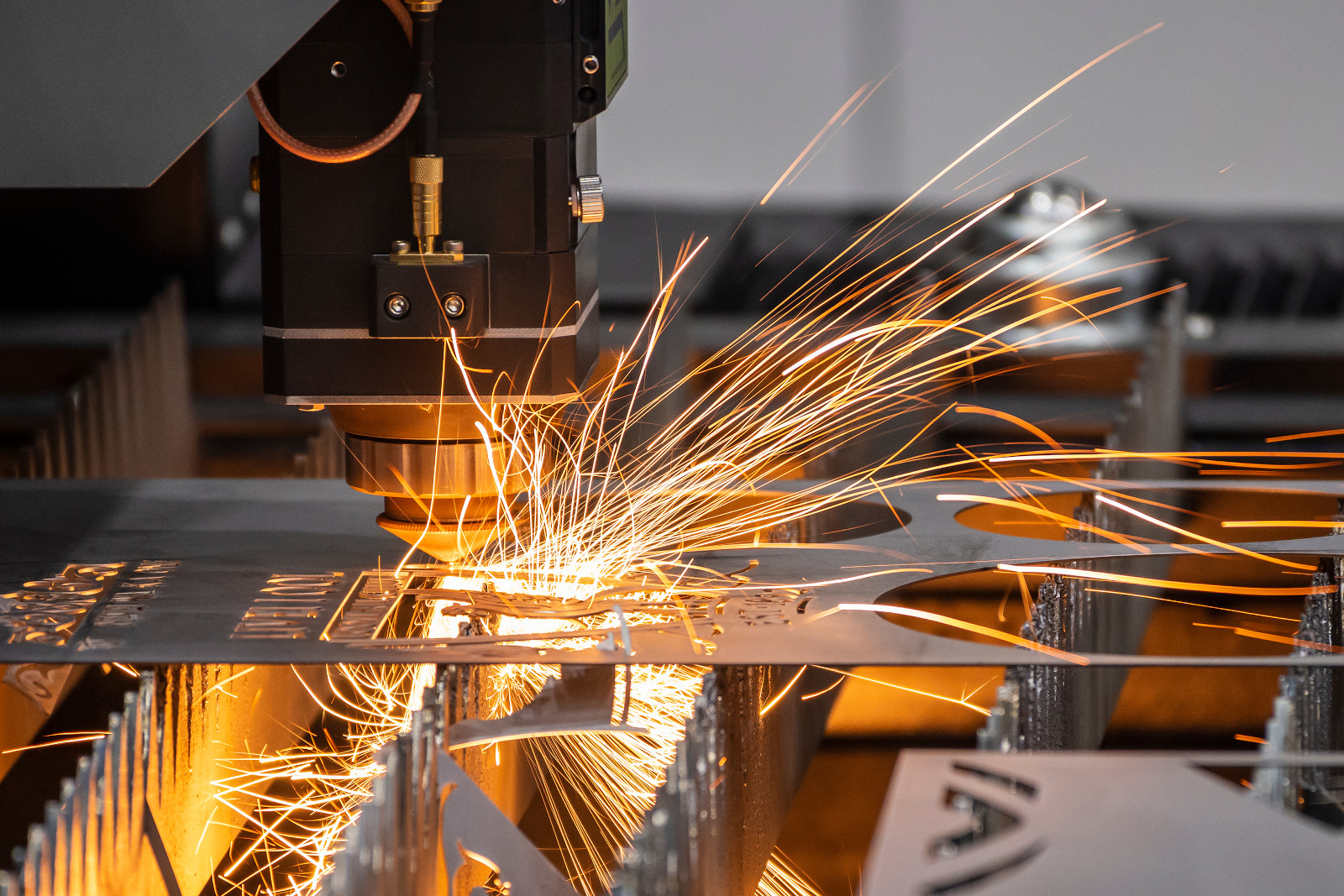The Basics of Metal Forming
Metal Forming is a broad term for a wide range of metal fabrication processes that deform and shape metal using forces that are greater than the metal’s yield strength, using the plasticity of metals to their advantage. There are several different types of metal forming, though they can be more broadly classified under two specific categories, cold forming and hot forming, or classified on their uses. Bulk and sheet metal forming are the two most popular, but powder metal forming is another common type with many applications.
Bulk Metal Forming
Bulk forming techniques are commonly used for large, industrial applications where a high production volume is needed, while still maintaining tight tolerances and good surface finishes. This includes processes such as casting, forging, extrusion, rolling, and more.
- Casting: In casting, molten metal is poured into a predesigned mold, and then allowed to solidify
- Forging: Forging uses strong compressive forces, such as a die, to shape it. Forging can be a cold or hot working process.
- Extrusion: Hot or cold metal is forced through a carefully-designed die, causing the extruded metal to mimic the shape of the die.
- Rolling: In rolling, a metal slab is fed through a pair of heavy, rotating rolls, which then elongate and thin out in a controlled manner.
There are many other types of bulk metal forming beyond these four, such as drawing and sizing. Each process has its own unique applications, and choosing the right process largely depends on the design of the product and the characteristics that it requires.
Sheet Metal Forming
Sheet metal forming is widely popular and versatile. It can be used in nearly any production volume, depending on the operation being performed, and is excellent for metal parts and products in all industries.
- Punching and Blanking: These are two similar processes that use punch presses to cut metal sheets along specific outlines.
- Laser Cutting; This uses a laser beam to cut metal sheets along specific outlines.
- Shearing: This cutting process carefully removes certain parts of metal sheets through shear forces rather than just directly cutting the material.
- Bending: Using press brakes, folding machines, or other presses, operators create accurate angle bends into sheet metals
These are just a few examples of sheet metal forming. There are many more out there to choose from, like deep drawing, embossing, and spinning, and all have many different benefits that make them excellent for small-to-large scale production of sheet metal parts.
Powder Metal Forming
Powder forming is a relatively new type of forming where powdered metal is used to create parts with specific shapes and properties. The metal, in a powdered form, is mixed with a binding agent to create the workpiece, which is then shaped by a die or mold. While not as widespread as traditional types of forming, powder metal forming has been gaining in popularity for products that are air sensitive and geometrically complex.
Looking for a supplier of metal forming services?
Decron is a quality supplier of a range of metal forming and fabrication services, including bending, punching, and cutting in small to medium production volumes. We work with several different metals such as steel, aluminum, and copper, with top-notch equipment to ensure that we can achieve your vision for your product. To learn more, check out our website!



